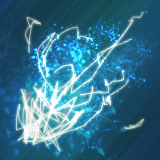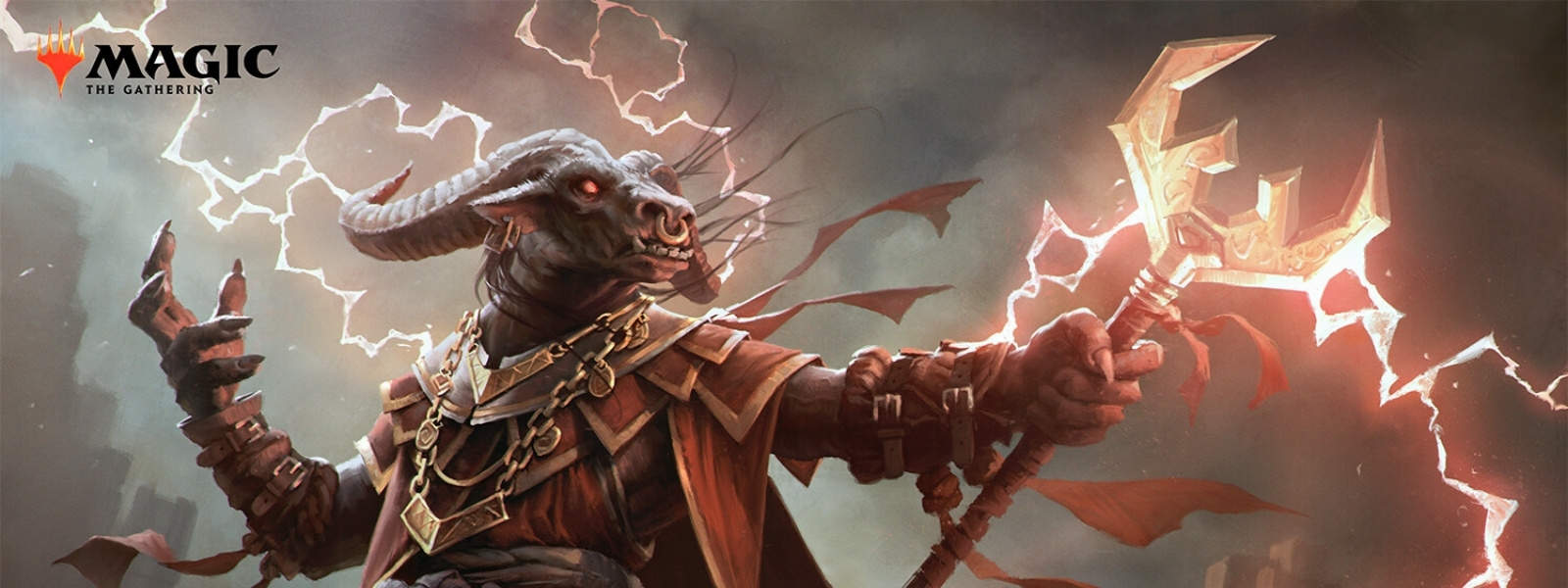

- SCROLL OF LIGHTNING BOLT 5E UPDATE
- SCROLL OF LIGHTNING BOLT 5E FULL
- SCROLL OF LIGHTNING BOLT 5E PLUS
The area of the lightning bolt’s effect is determined by the spell caster, just as its distance is.
SCROLL OF LIGHTNING BOLT 5E FULL
Saving throws must be made for objects which withstand the full force of a stroke (cf. The lightning bolt will set fire to combustibles, sunder wooden doors, splinter up to 1’ thickness of stone, and melt metals with a low melting point (lead, gold, copper, silver, bronze). if shot to 6”, the bolt would extend from this point to n inches further distance. The range of the bolt is the location of the commencement of the stroke, i.e. Range: 4” + 1“/level Casting Time: 3 segmentsĮxplanation/Description: Upon casting this spell, the magic user releases a powerful stroke of electrical energy which causes damage equal to 1 six-sided die (d6) for each level of experience of the spell caster to creatures within its area of effect, or 50% of such damage to such creatures which successfully save versus the attack form. (Note that Fire Balls from Scrolls (see Book II) and Wand are 6-die missiles and those from Staves are 8-die missiles. A 6th-level Magic-User throws a 6-die missile, a 7th a 7-die missile, and so on. The damage caused by the missile will be in proportion to the level of its user. In a confined space the Fire Ball will generally conform to the shape of the space (elongate or whatever). It explodes with a burst radius of 2” (slightly larger than specified in CHAINMAIL). It is otherwise similar to a Fire Ball, but as stated in CHAINMAIL the head of the missile may never extend beyond the 24” range.įire Ball: A missile which springs from the finger of the Magic-User. If the space is not long enough to allow its full extension, the missile will double back to attain 6”, possibly striking its creator. "Lightning Bolt: Utterance of this spell generates a lightning bolt 6” long and up to 3/4” wide. The head of the lightning bolt is placed at the number of inches called, so that its body extends 6" behind it in a straight line from the Wizard who threw it." The center of the fire ball is placed down at the number of inches called. Both types of missiles can be thrown up to 24", direct or indirect fire, with range being called before the hit pattern is placed. These missiles will destroy any men or creatures which are struck by them, with certain exceptions noted below. A fire ball, equal in hit area to the large catapult hit area, or a lightning bolt, 3/4" wide by 6" long, with an attack value equal to a heavy field gun, are the two missile types employed. "Missiles: A Wizard can throw either of two types of missile (select which before play begins).
SCROLL OF LIGHTNING BOLT 5E PLUS
Plus now lightning bolt has it's own unique identity as a 3rd level powerhouse spell - separate from fireball - with slightly higher potential damage if the caster is tremendously lucky (96 lightning vs 84 fire damage) - AGAIN, nothing earth shattering if someone was ever that lucky. The change we made to lightning bolt now does an average of 27 damage, up to 54 damage at 9th level. To put this into perspective, a 3rd level fireball does average of 28 damage, up to 49 damage when cast with a 9th level spell slot. The limited targets in a 5x100 range for a tiny bit more damage, mixed with the metal armor penalty, suddenly became a major benefit given the correct circumstances. This simple change makes lightning bolt feel more strategic and put it right back in the game for all of my players, albeit situationally. In addition, we give targets disadvantage on their save if wearing metal armor.
SCROLL OF LIGHTNING BOLT 5E UPDATE
Under such conditions, the spell's damage increases by 1d10.Īt Higher Levels: When you cast this spell using a spell slot of 4th level or higher level, the damage increases by 1d10 for each slot level above 3rd.A simple solution we came up with was to keep fireball as is, with it's incredible radius, and update the damage of Lightning Bolt to 6d8 instead of 8d6.

If you are outdoors in stormy conditions when you cast this spell, the spell gives you control over the existing storm instead of creating a new one.

On each of your turns until the spell ends, you can use your action to call down lightning in this way again, targeting the same point or a different one. A creature takes 3d10 lightning damage on a failed save, or half as much damage on a successful one. Each creature within 5 feet of that point must make a Dexterity saving throw. A bolt of lightning flashes down from the cloud to that point. When you cast the spell, choose a point you can see within range. The spell fails if you can't see a point in the air where the storm cloud could appear (for example, if you are in a room that can't accommodate the cloud). A storm cloud appears in the shape of a cylinder that is 10 feet tall with a 60-foot radius, centered on a point you can see 100 feet directly above you.


 0 kommentar(er)
0 kommentar(er)
